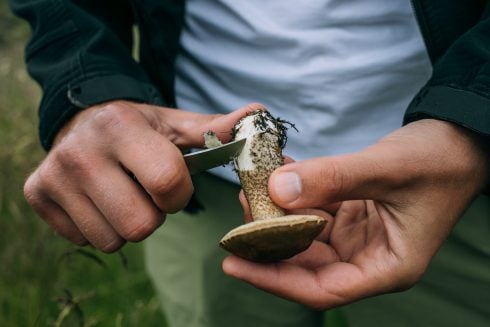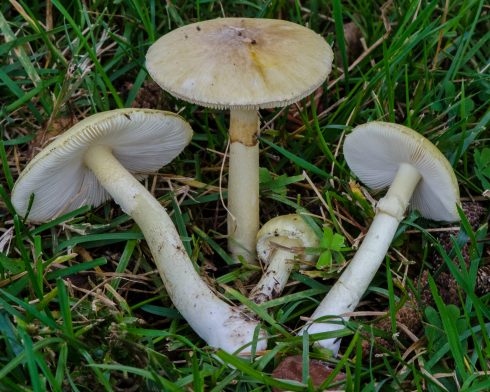AS the sun sets on summer, mushroom hunters across Spain take up the challenge of tracking down their favourite wild and wonderful edible fungi, found in far flung forested areas across the country.
Mushrooms are an essential ingredient in any traditional Spanish kitchen. They are often at the centre of a meal, and sometimes they are the only ingredient!
There’s no doubt about it, they go tantalisingly well cooked in butter, virgin olive oil, parsley and garlic, alongside freshly baked bread and perhaps even a glass of wine.
But it’s not all about the taste, the hunt is just as important and can be loads of fun. This is why from late-September to mid-December every year thousands of basket wielding Spanish residents head off into the forests with their friends and families.

Whilst Catalunya and the Basque Country may be the most famed for the edible fungi, and where it is most popular, hunting spots can be found nationwide.
It’s a serious business and some mushroom hunters are known for jealously guarding the locations of their favourite picking spots. The last thing they want is competition, and unfortunately some parties pillage areas entirely for commercial gain.
Some locations are said to be so secret that they are passed down through the generations. The secret locations are shrouded in mystery and shared only with the closest family and friends.
Thousands of people enjoy the foraging season every year, and researching all the different types of mushrooms can be a full-time job in itself. Fans of the niche are so dedicated that an entire mini industry of mushroom identifying mobile apps have popped up in recent years.
Did you know that there are around 2,000 species of mushroom in Spain of which 175 are edible, and 25 are toxic.
Sadly, there are some dangers and every year there are on average 400 serious cases of mushroom poisoning in Spain, and whilst rare, there are always some deaths.

A 61-year-old died in Huelva, Andalucia back in March after mistaking two poisonous mushrooms for Amanita Ponderosas, which are edible and commonly found in the area. A few days after eating them he became unwell, was admitted to hospital and died.
The Amanita Phalloides (Death Cap) or the Pantera Boletus are among the most dangerous species. The fungus causes severe liver failure which requires an urgent liver transplant within 10 days to avoid death.
Symptoms include severe vomiting and diarrhea, and can appear up to 24 hours after consuming a toxic mushroom. Anyone experiencing this should urgently go to the nearest hospital and give as many details about the mushroom(s) you consumed as possible.

Dr. Gonzalo Guerra Flecha, founder and hepatologist of the Digestive Diseases Medical-Surgical Center (CMED) told local Aragon newspaper El Heraldo that: “Every year there are some deaths in Spain due to the consumption of this type of mushroom … those who die or get sick the most are those who believe they are experts and are so confident”. Guerra explained that poisonous “Amanita” mushrooms can often hide among edible types and can be missed and eaten accidentally.
There is another danger associated with mushroom hunting, and that’s the environment itself.
Firefighters in Castellón, for example, have rescued or treated 20 people since September 9, who became lost whilst mushroom hunting.
Chief search and rescue officer Javier Botet urges caution during the mushroom hunting season. He asks pickers to carry a phone with a full battery, ensure they have coverage and know how to send a location.
Botet advises groups to venture out early to avoid nightfall, to check the weather conditions, wear suitable footwear for mountain and forest walking, and always go in groups.
He advised people to never separate from their group, but if people decide to head off alone, they should tell others where they are going to go and what time they plan to return.
Just remember that the vast majority of people enjoy mushroom hunting every year without incident. If you take precautions, do your research and go with an experienced mushroom hunter, you can too.
READ MORE:
